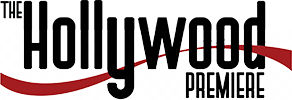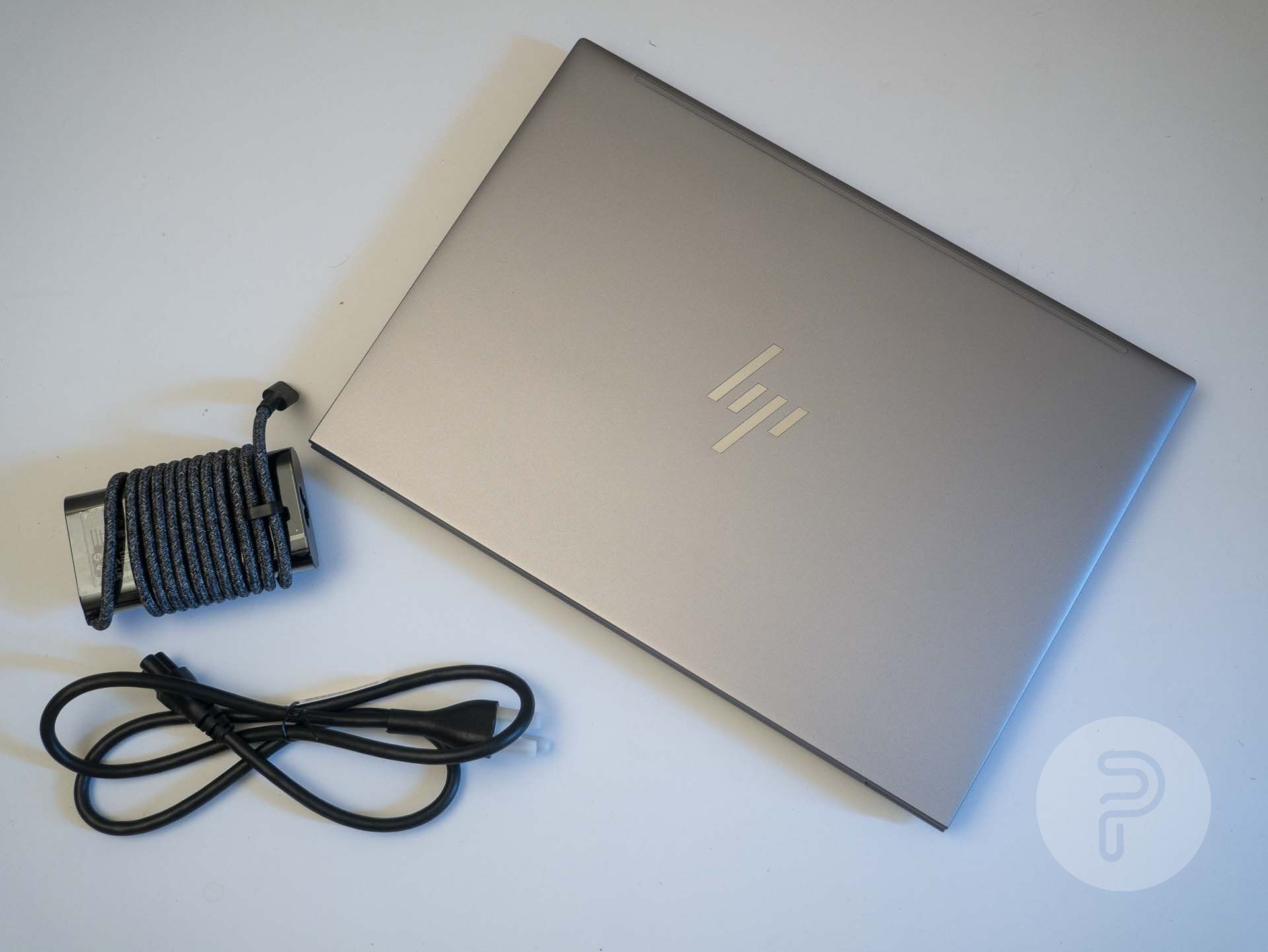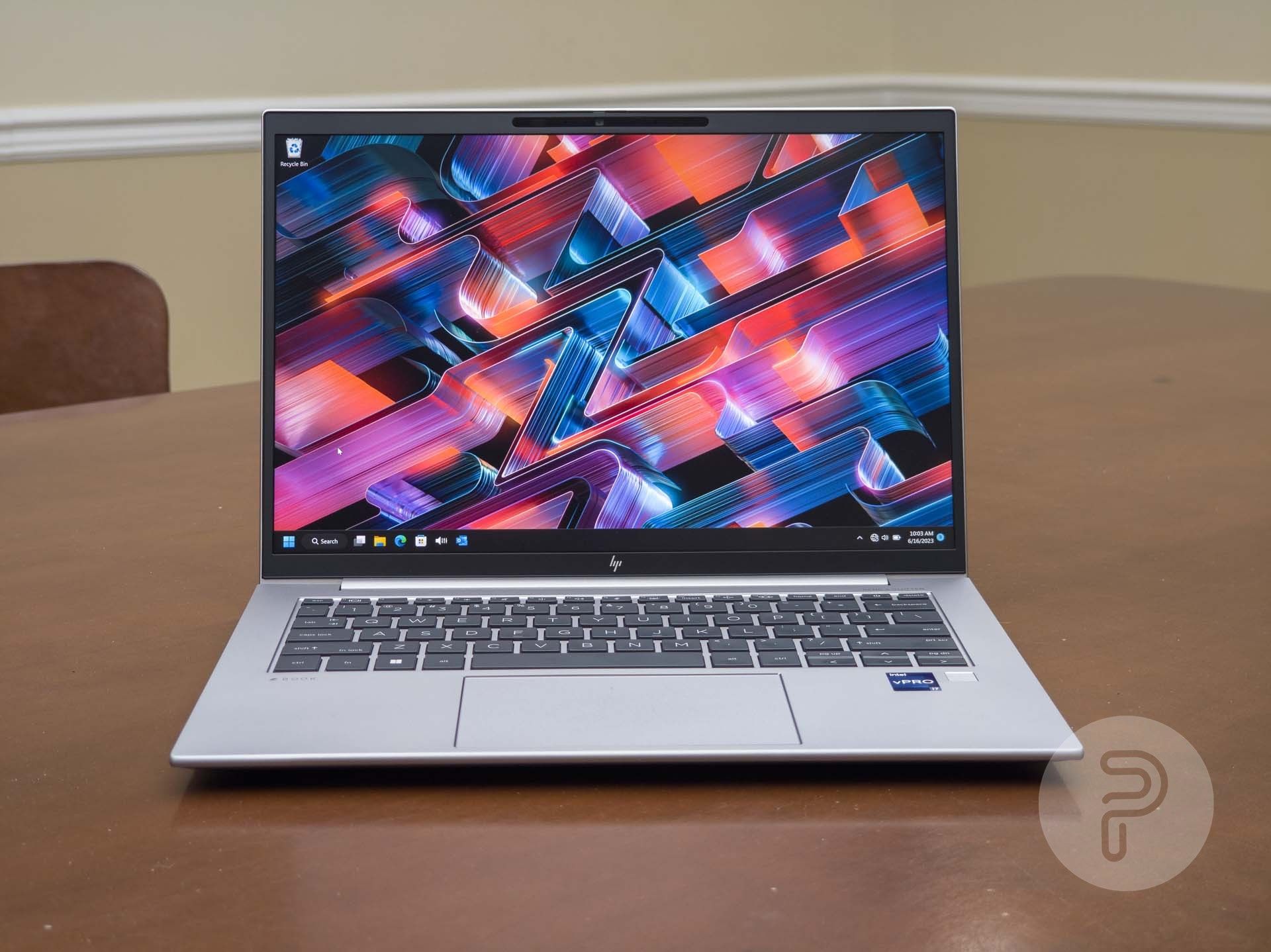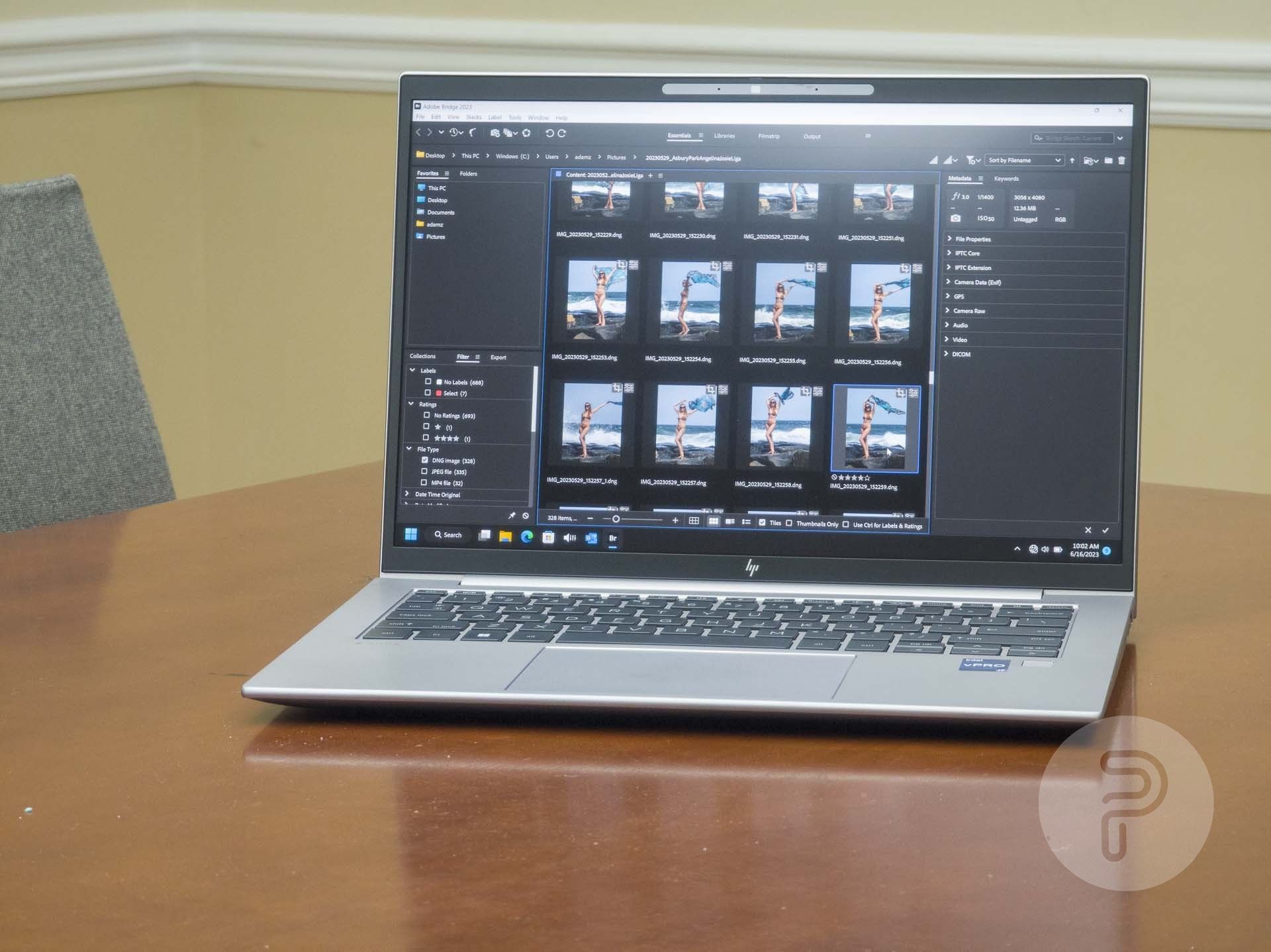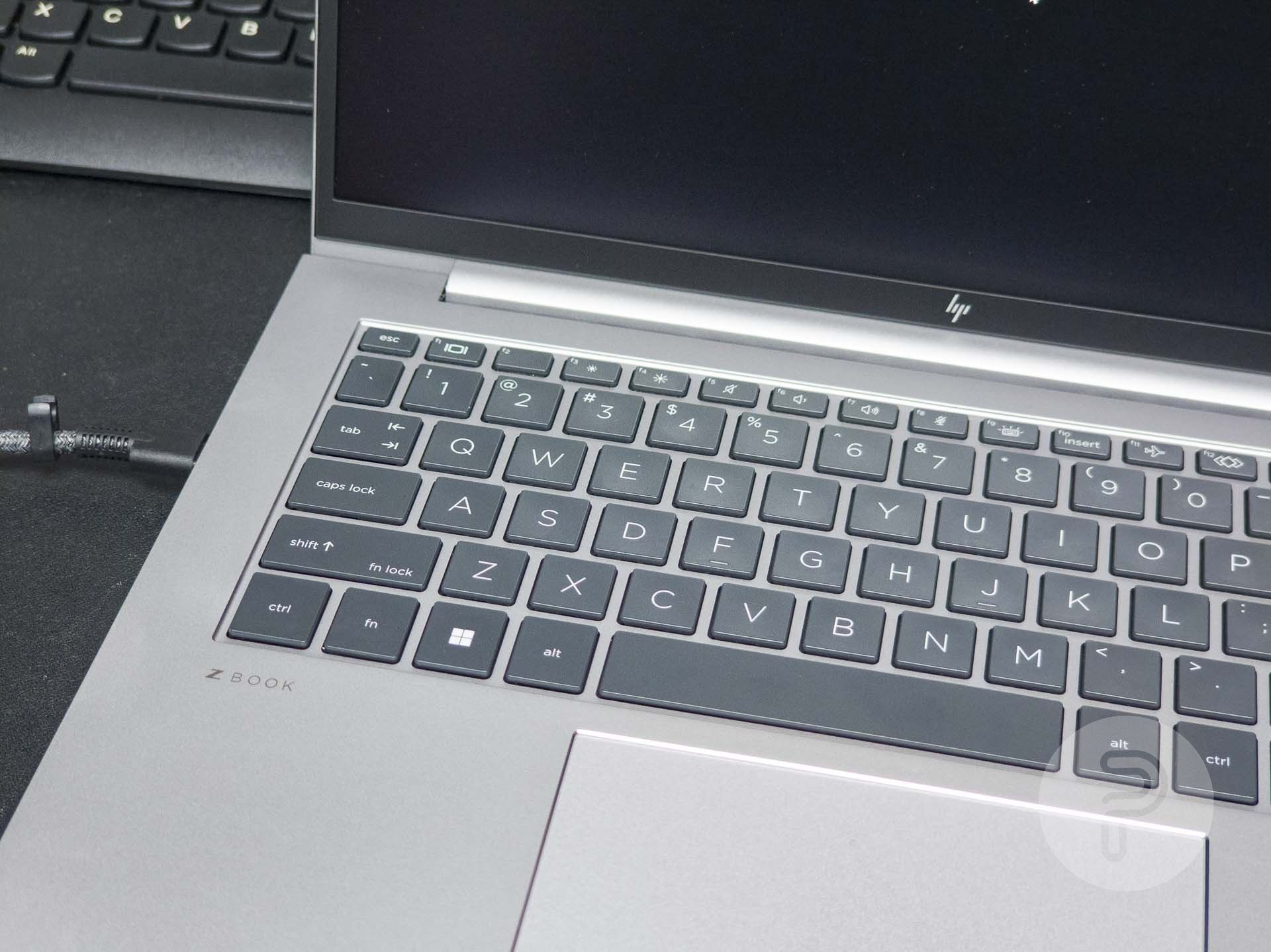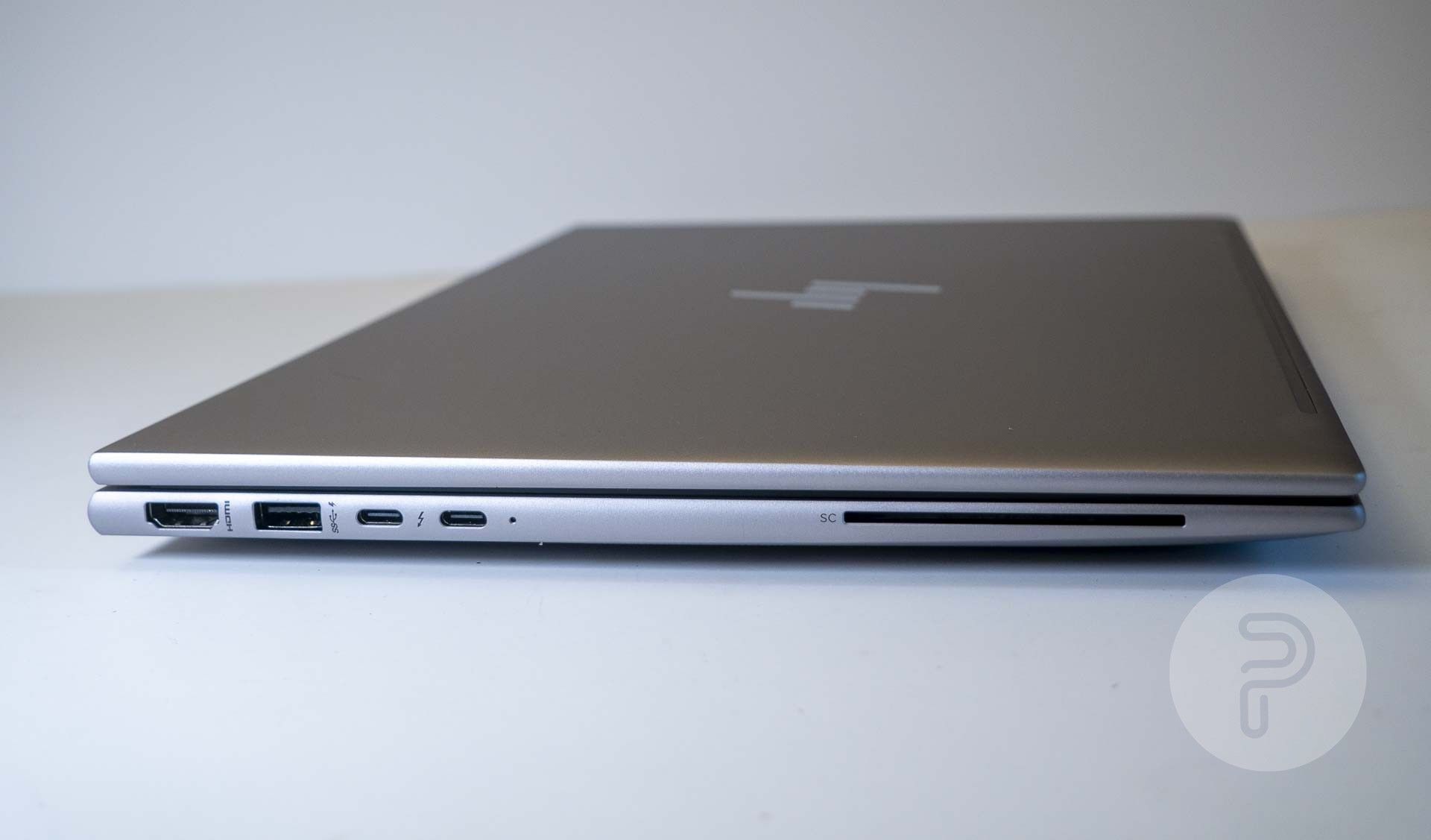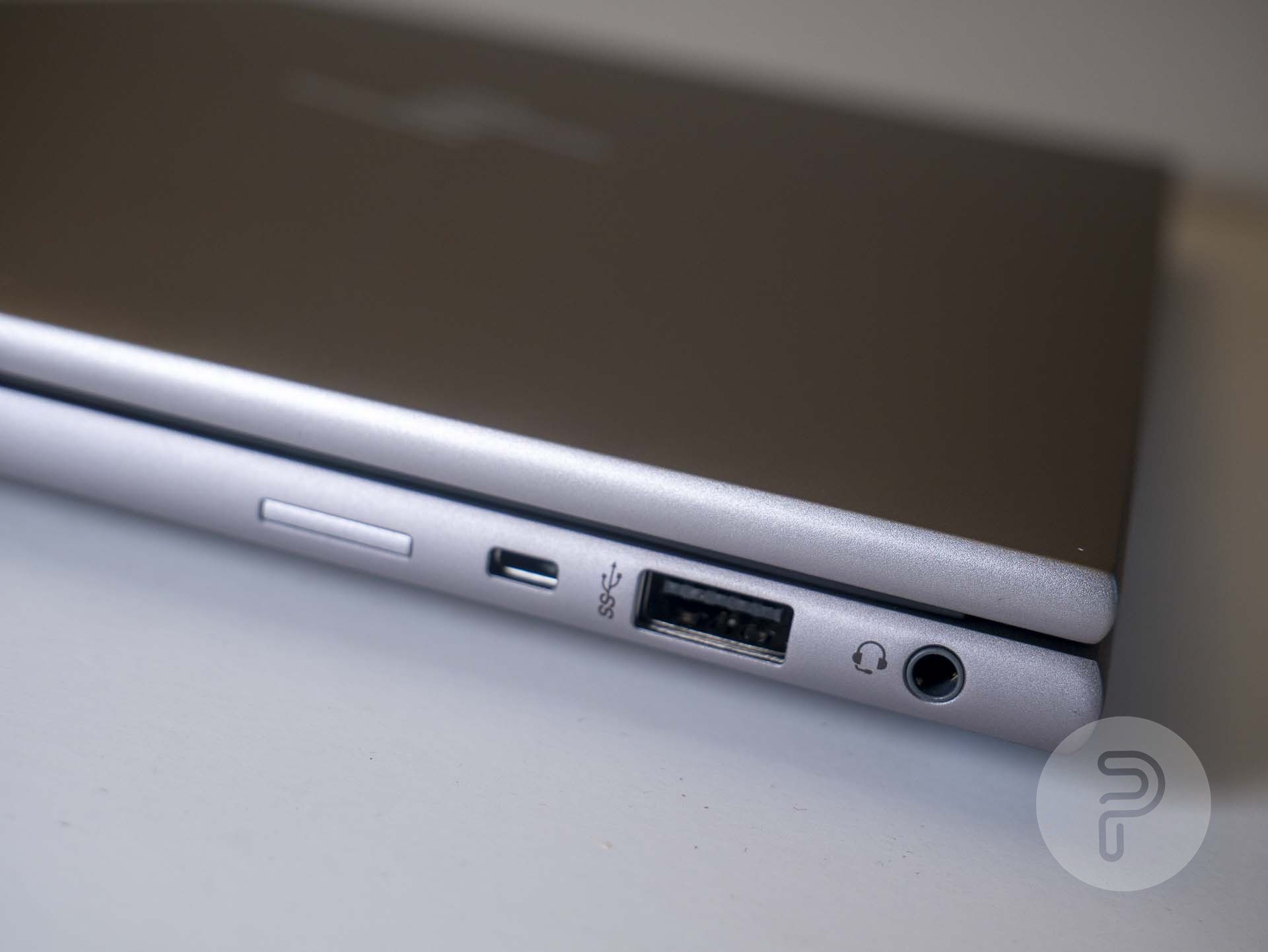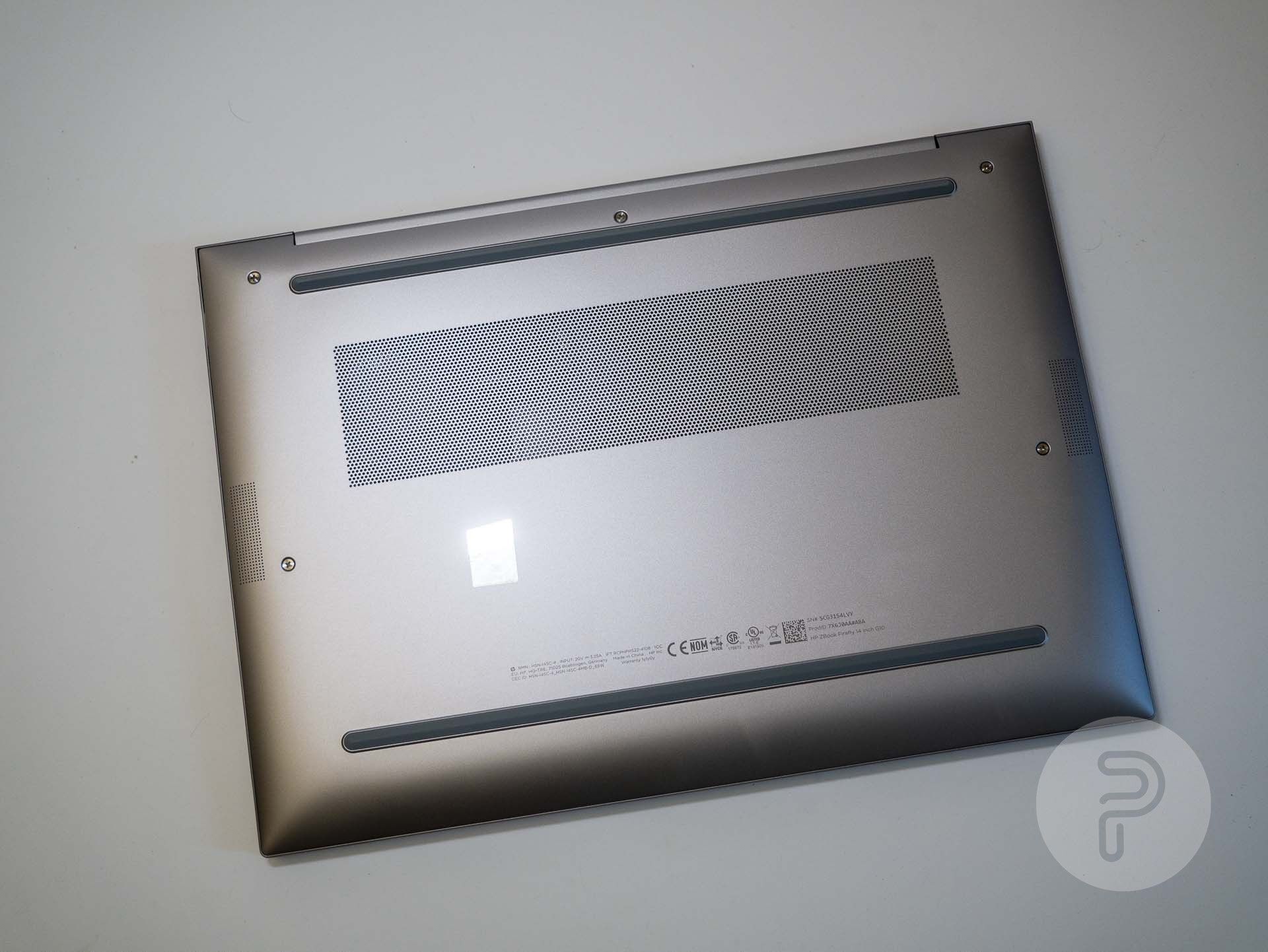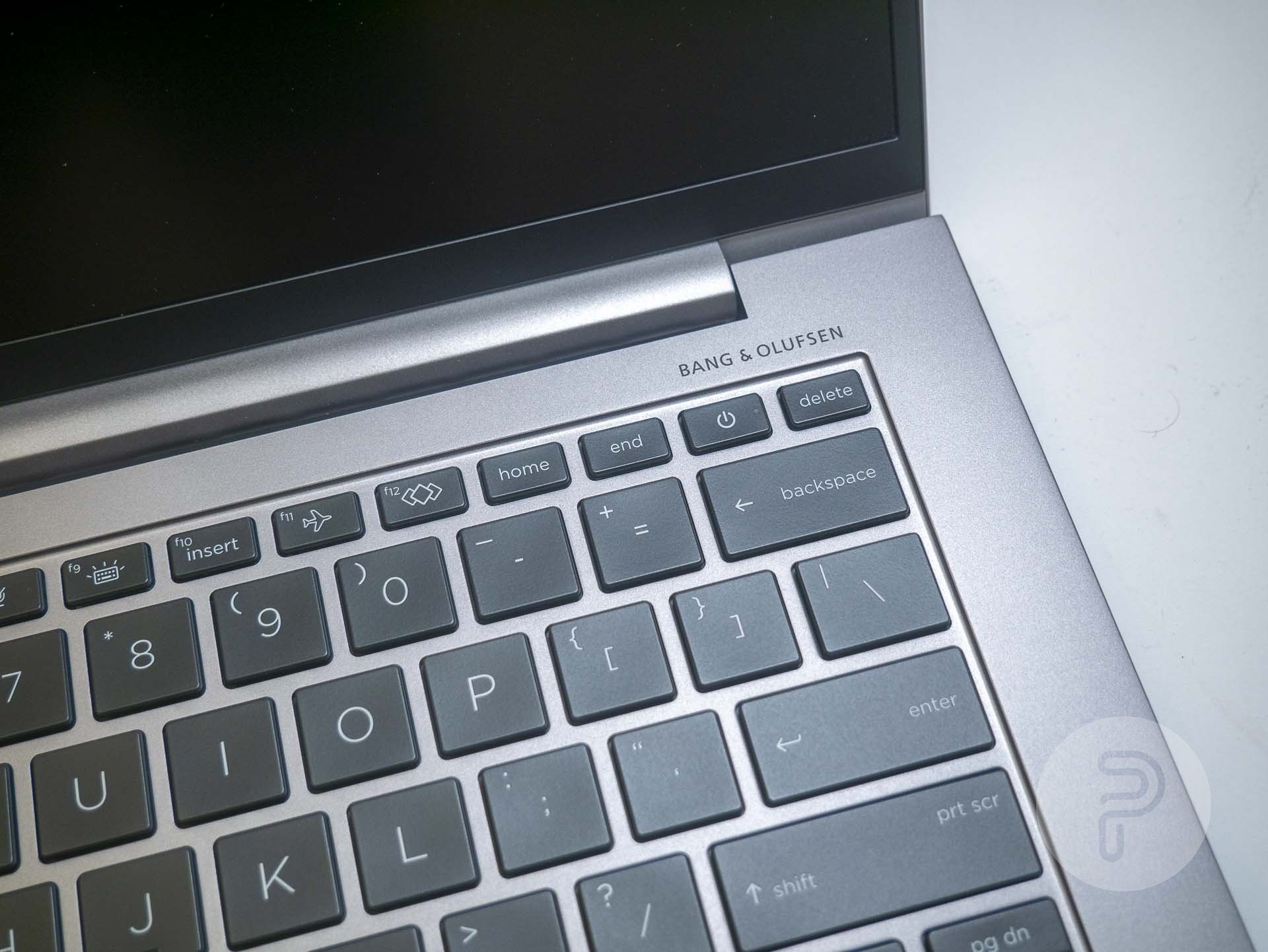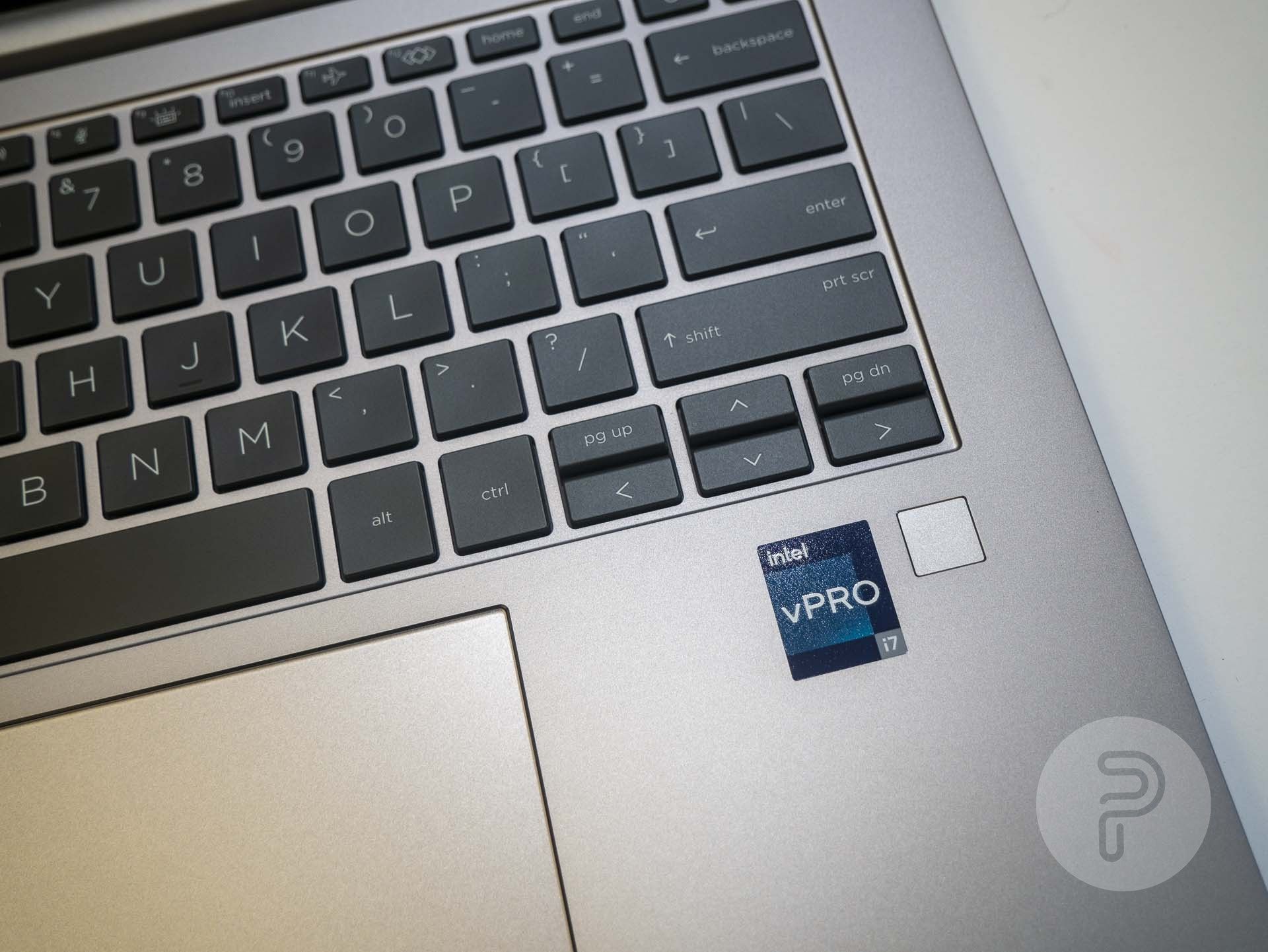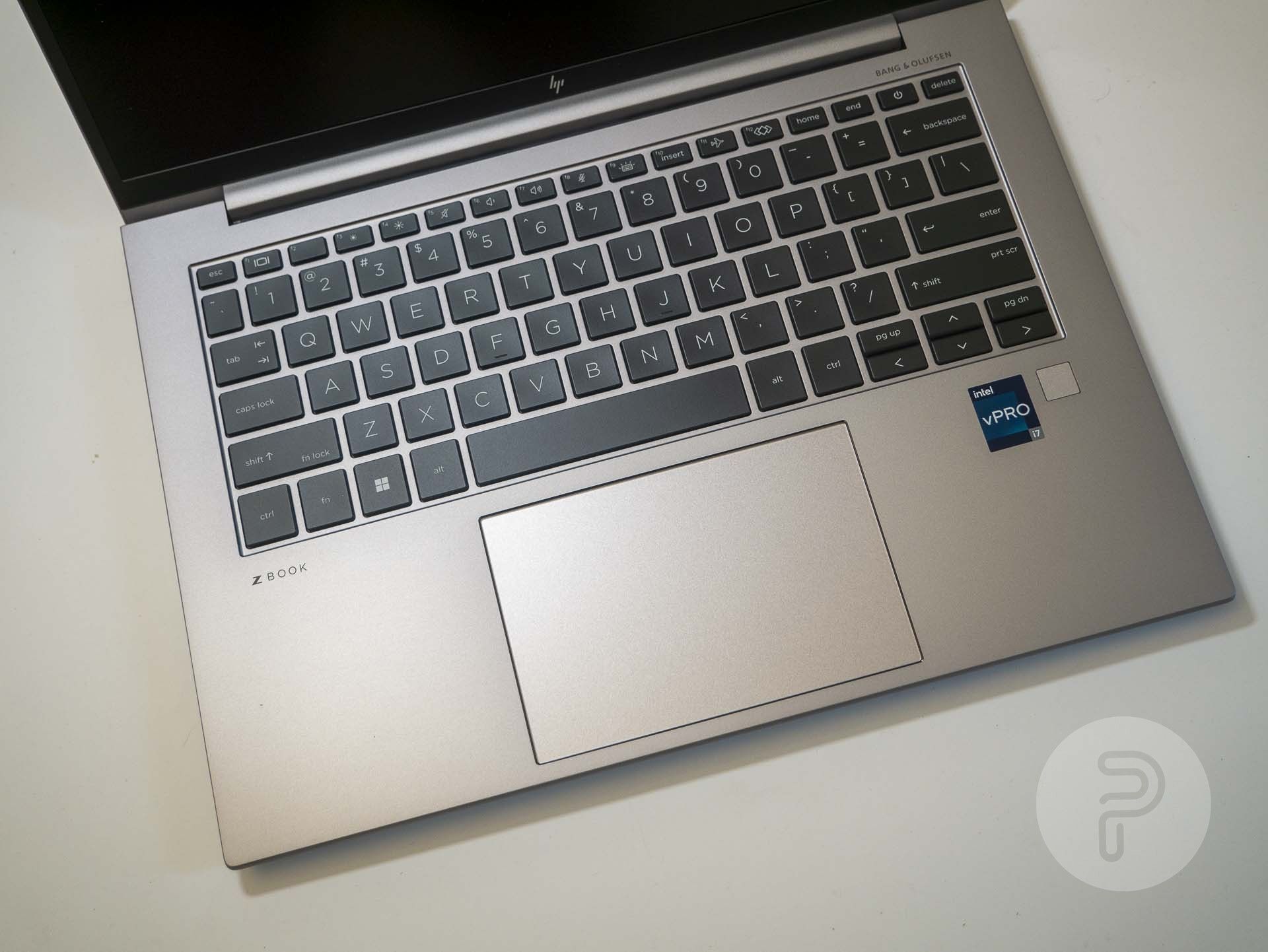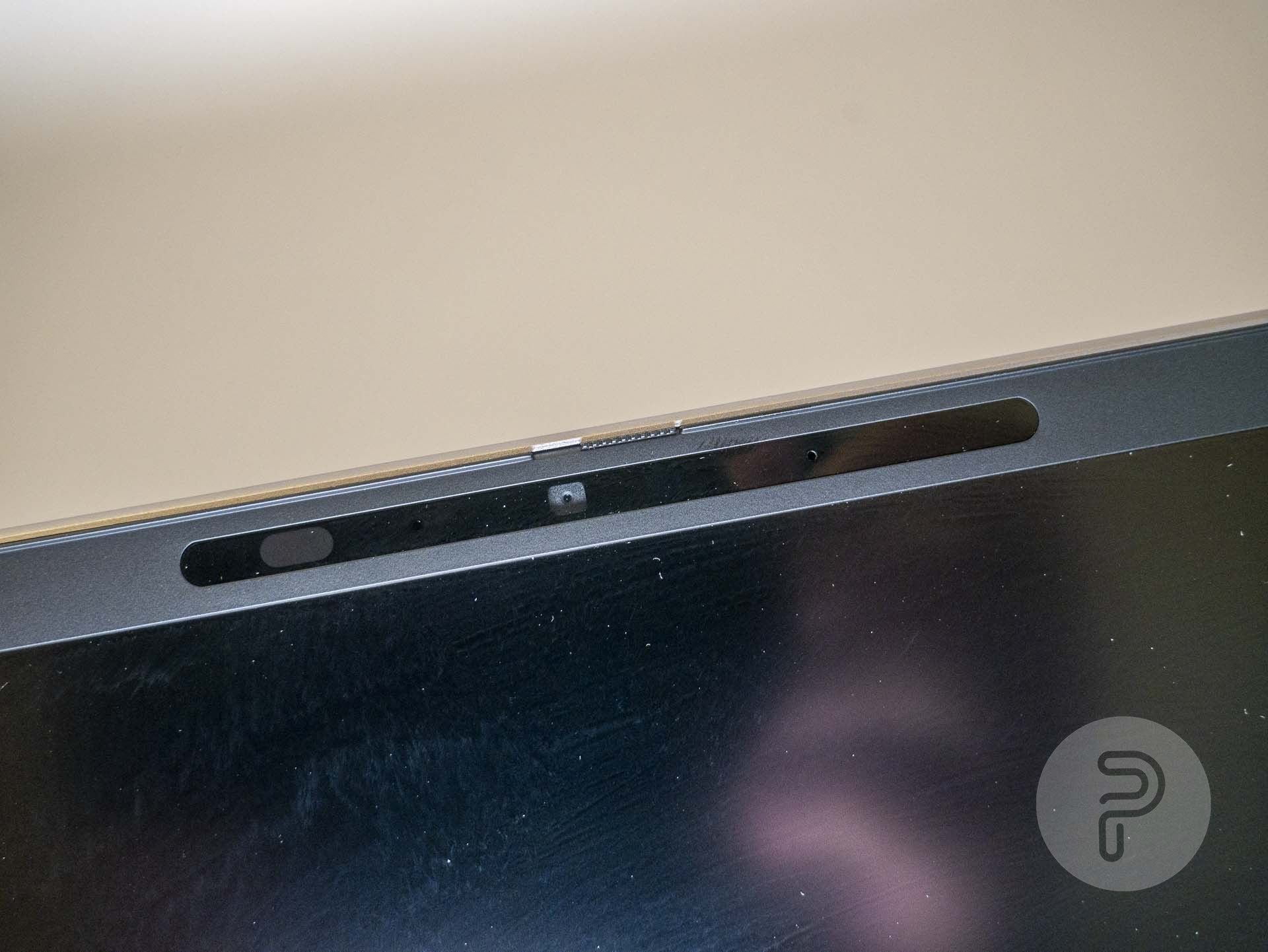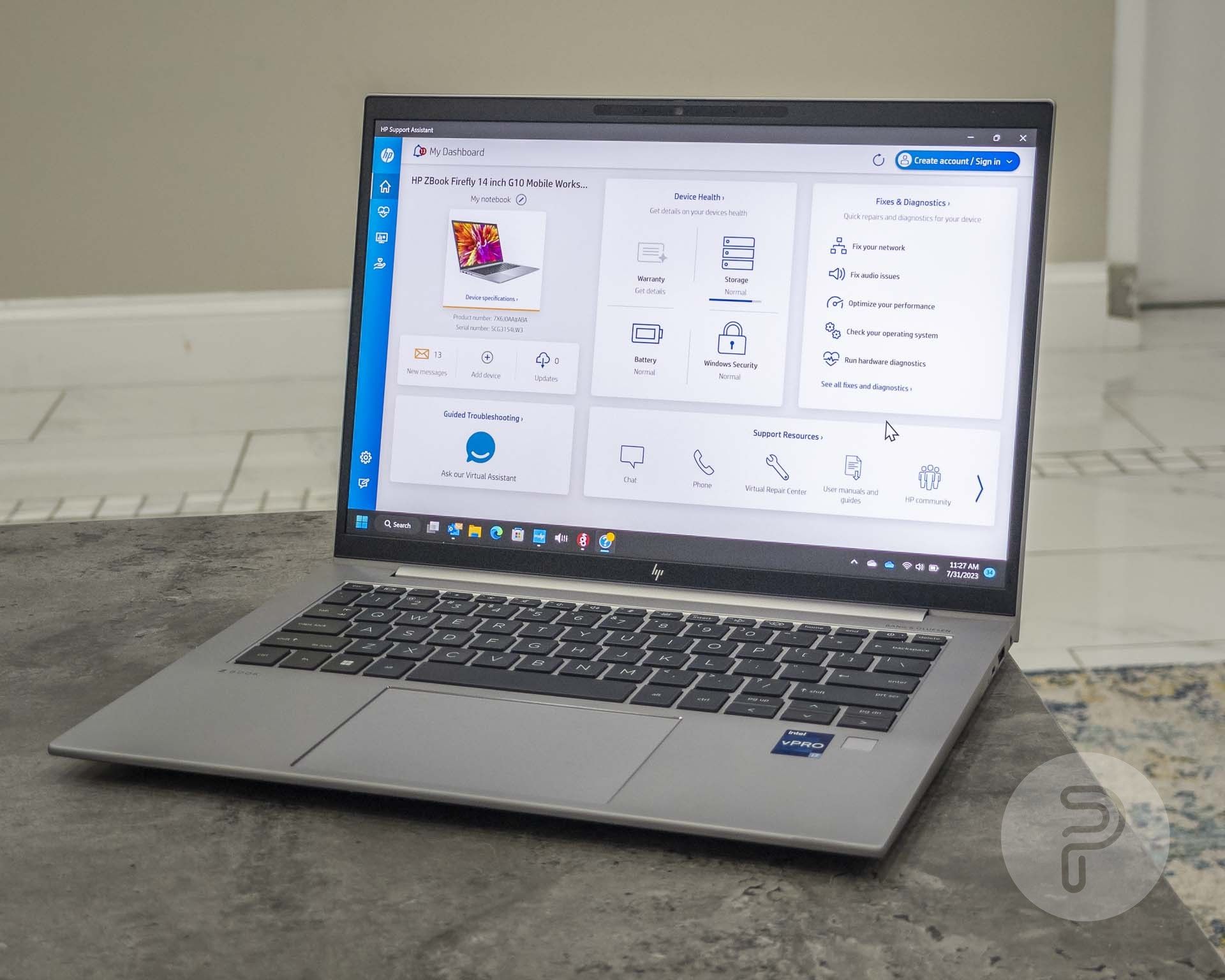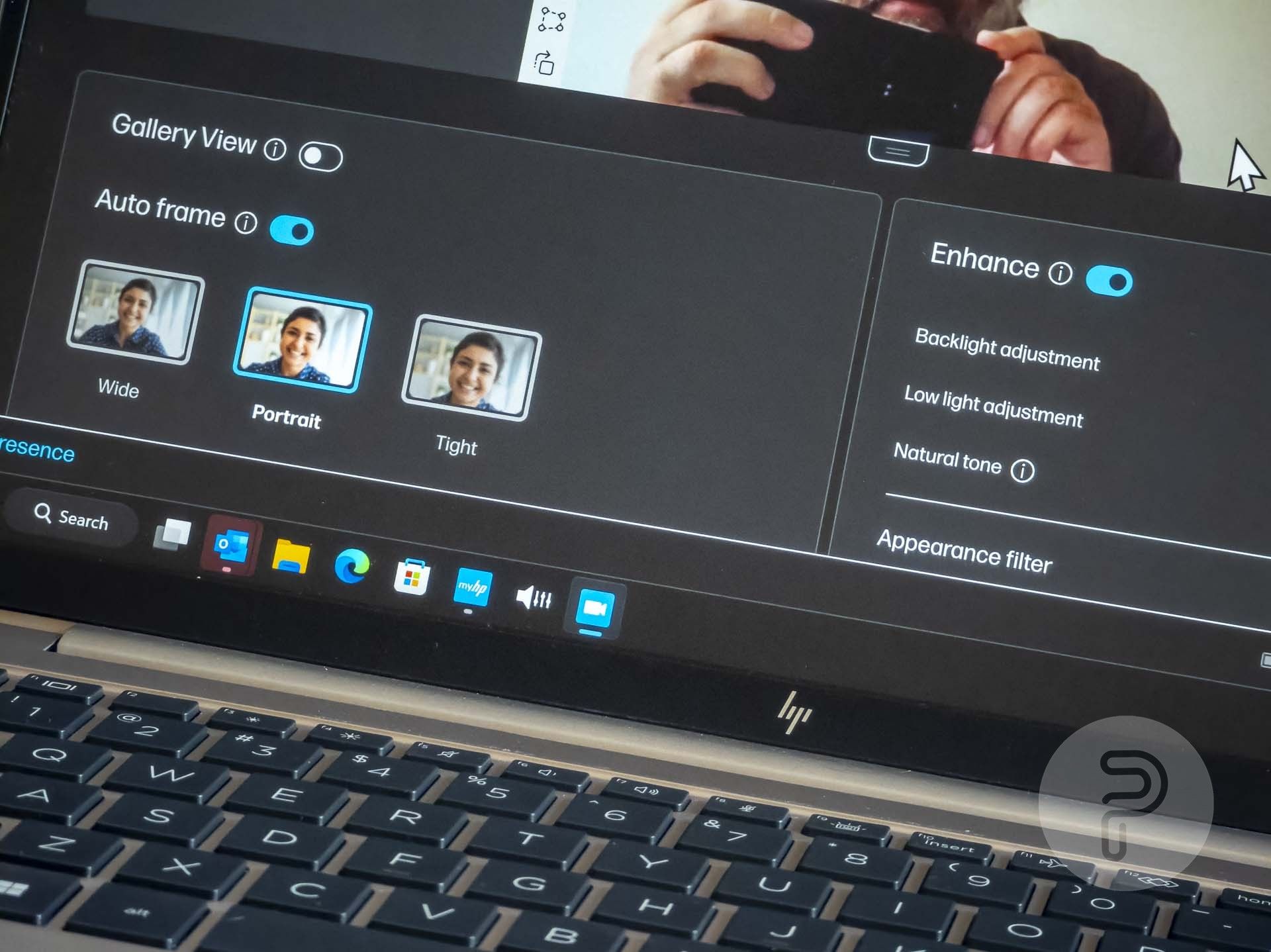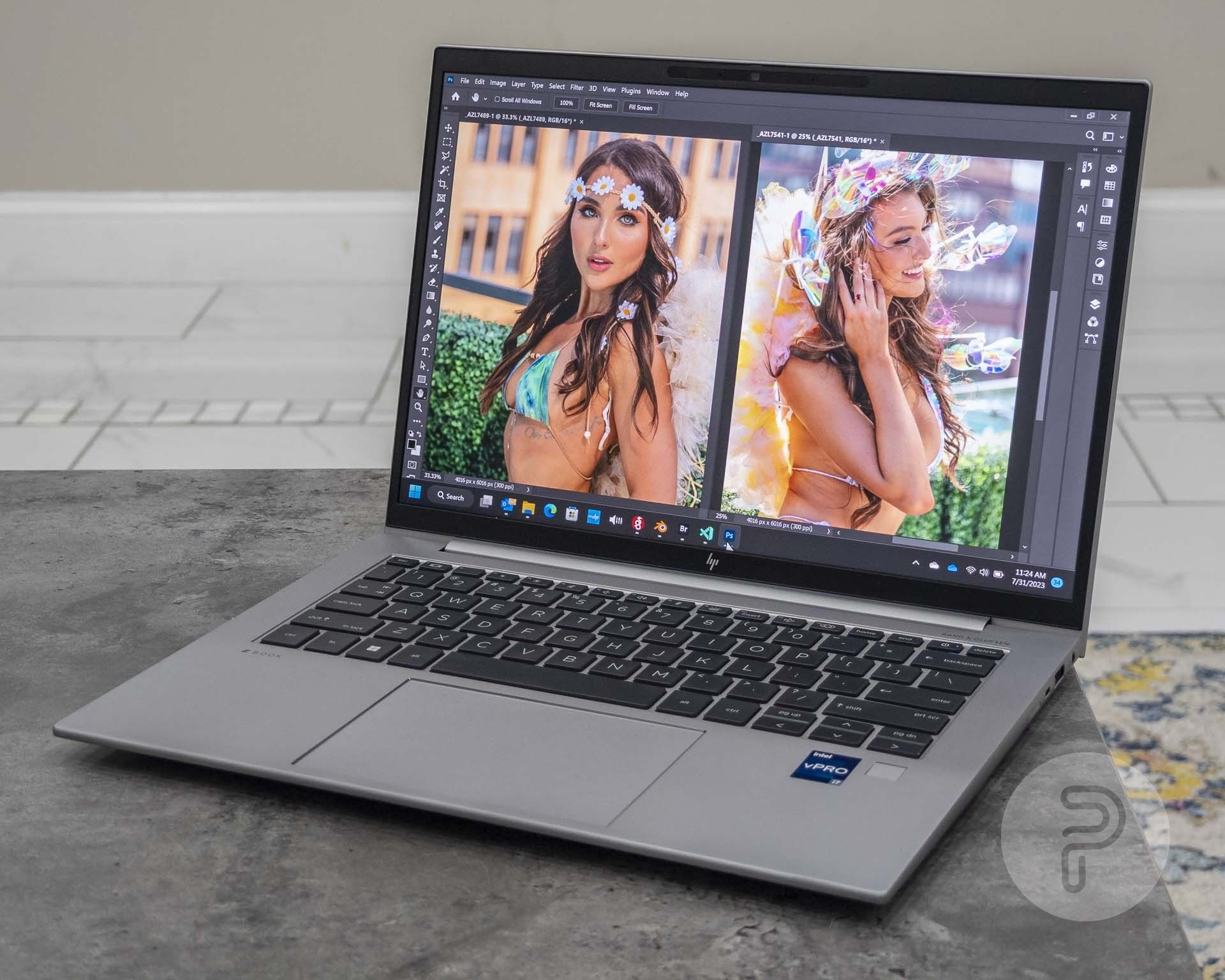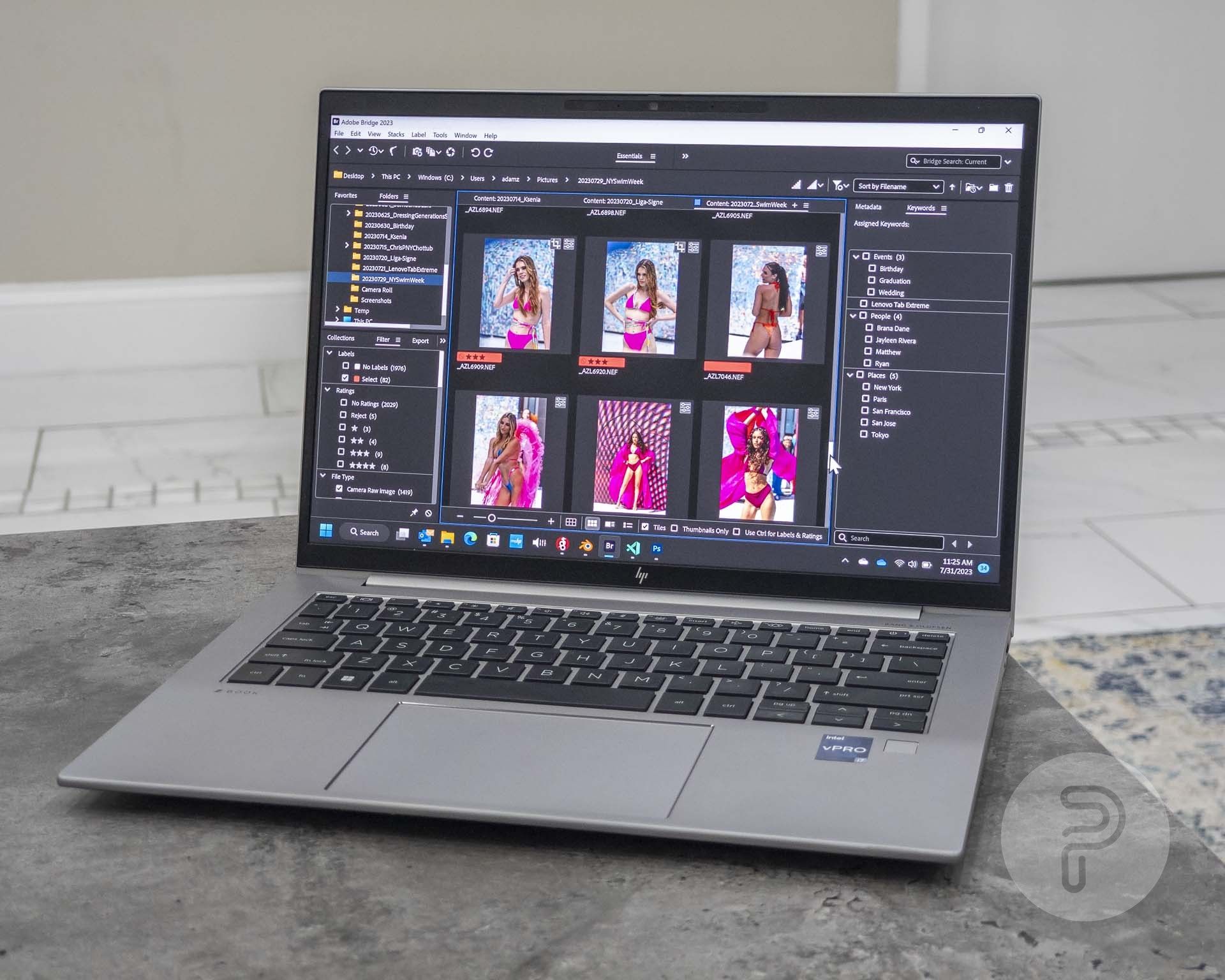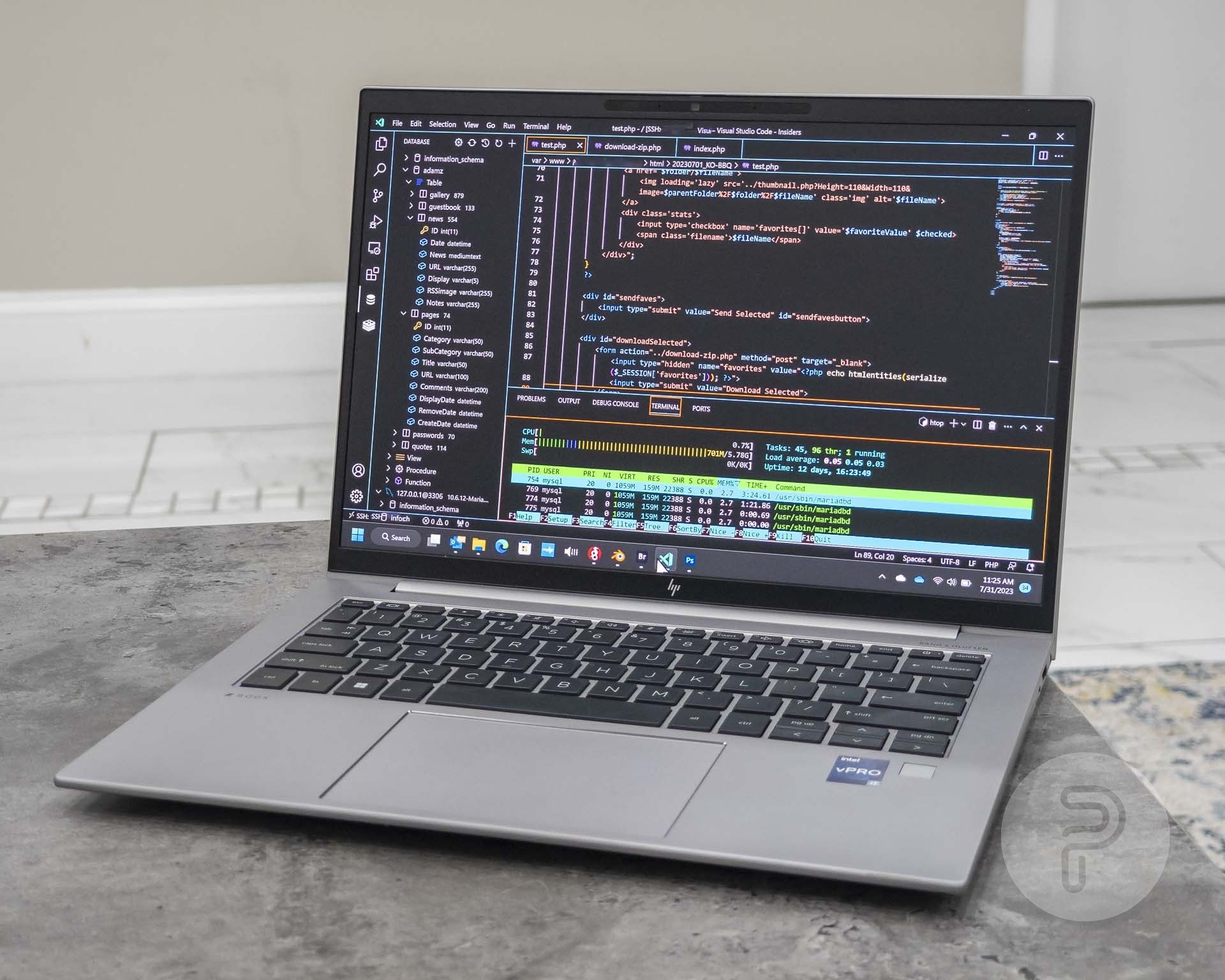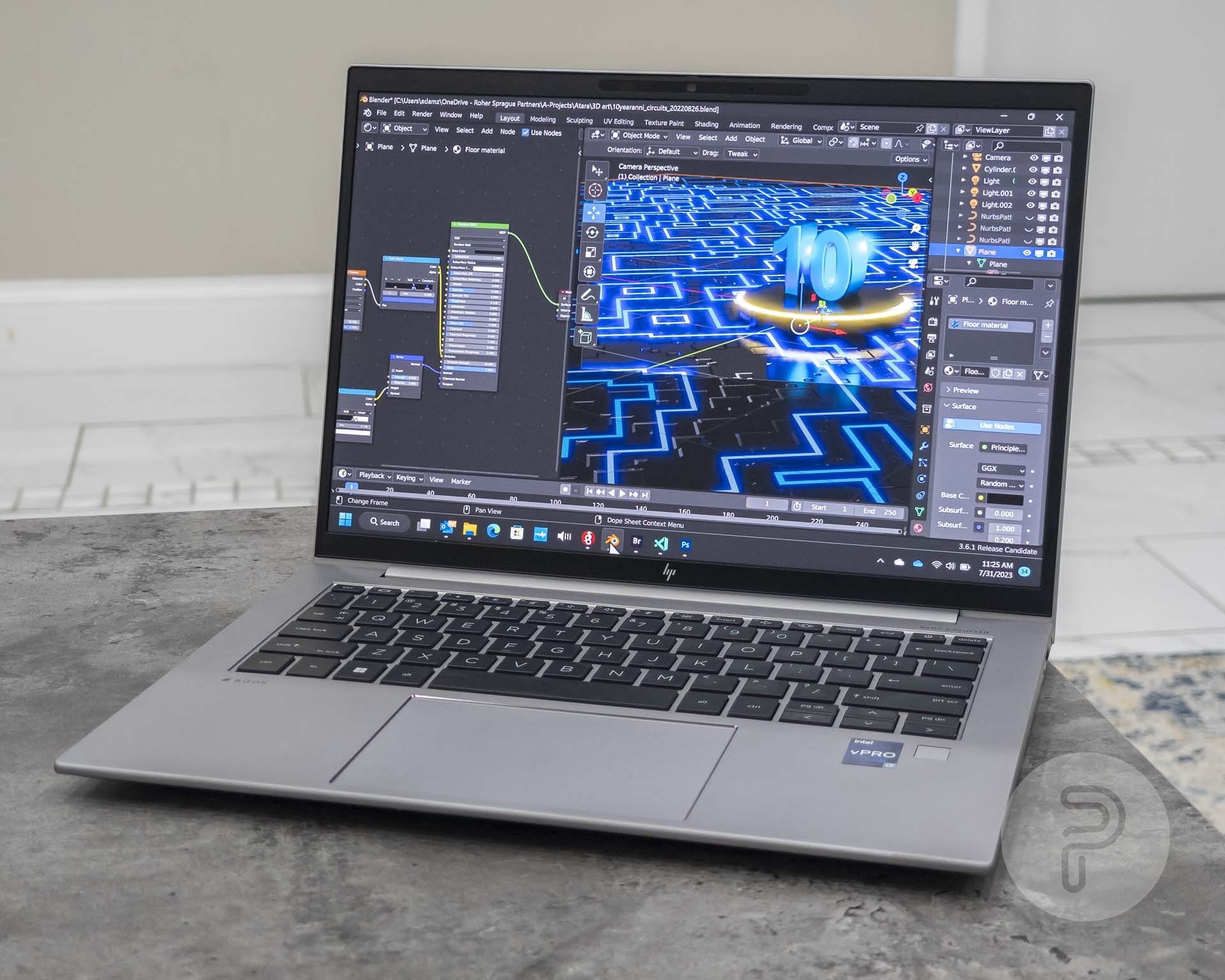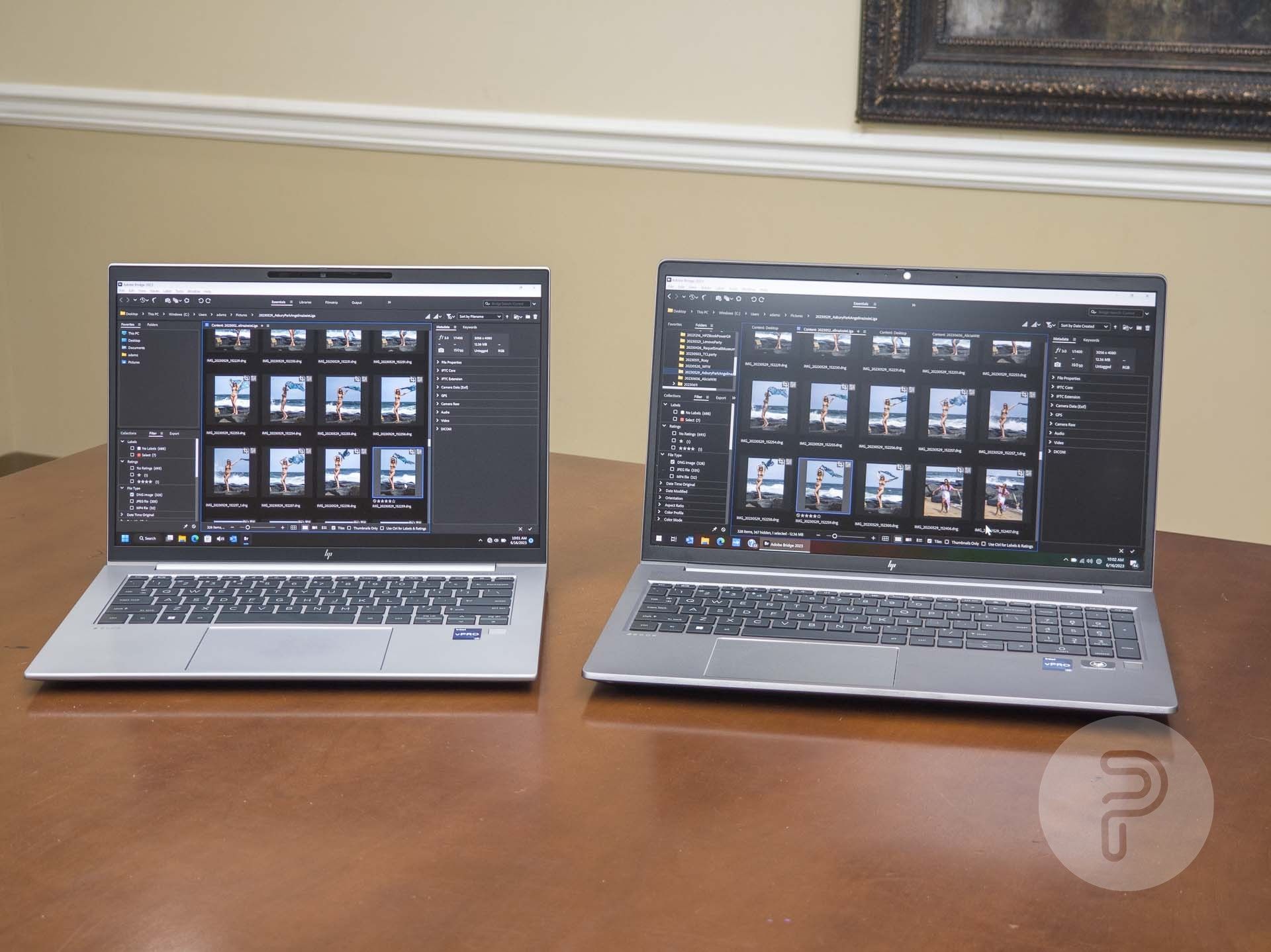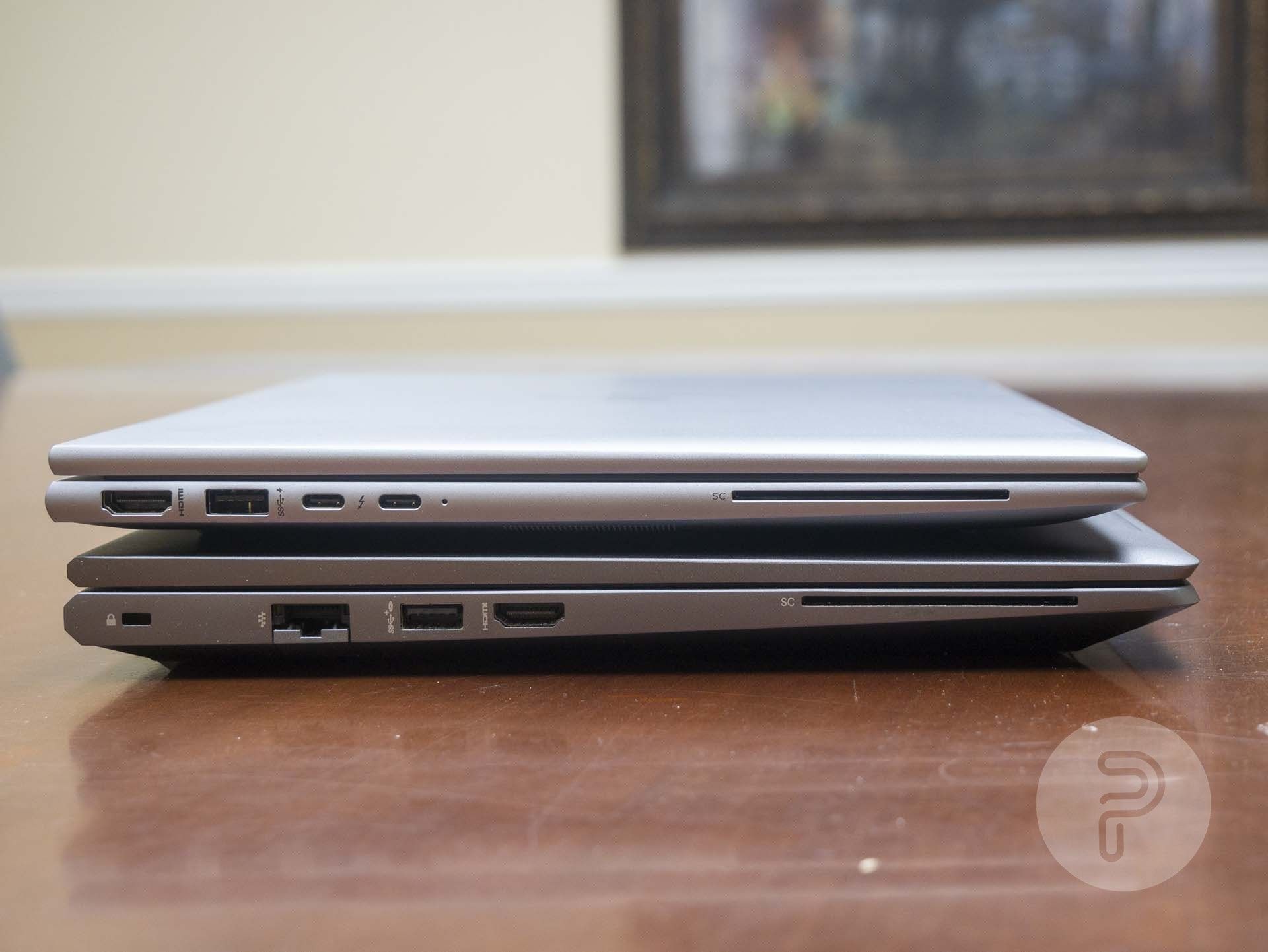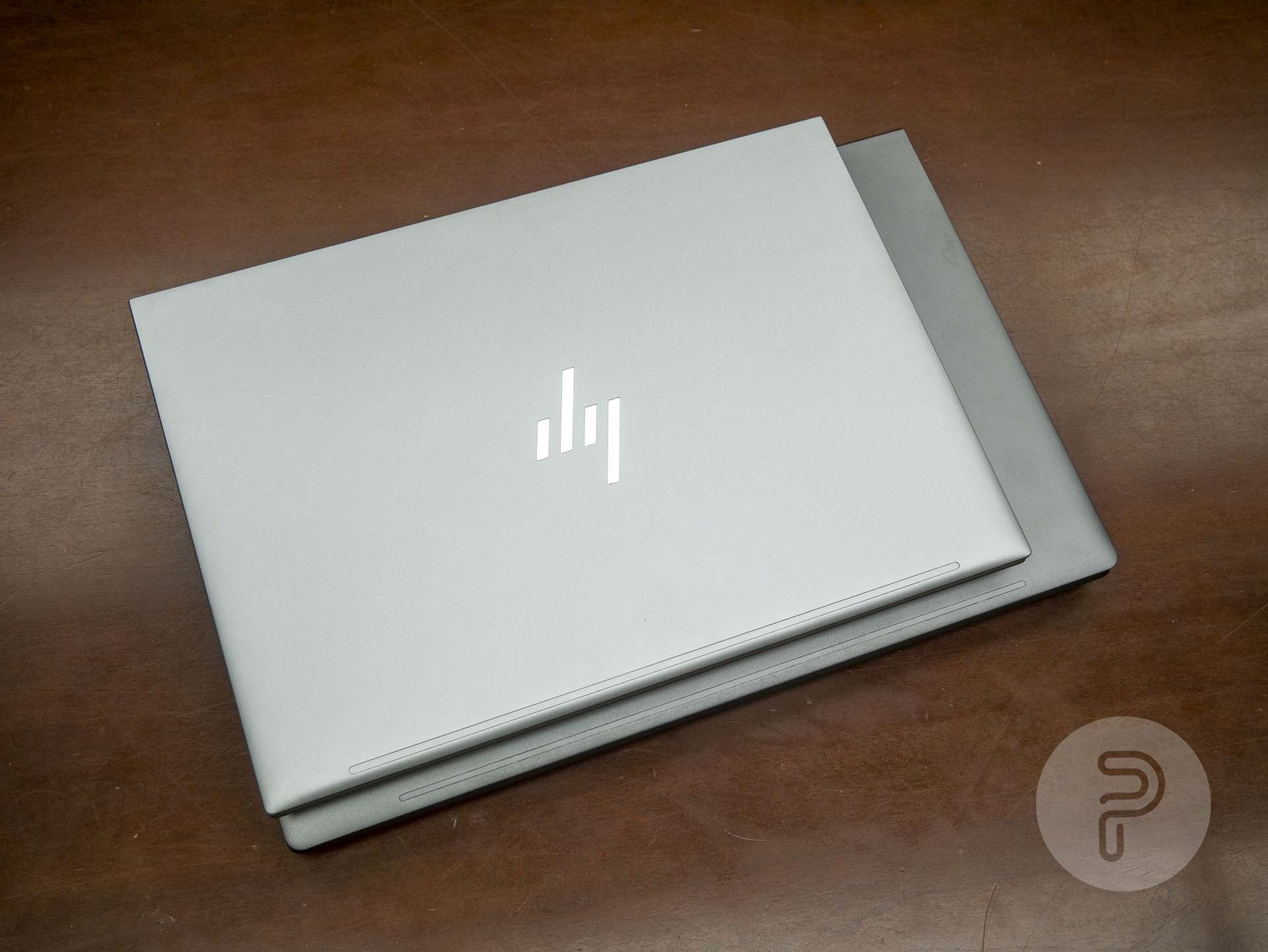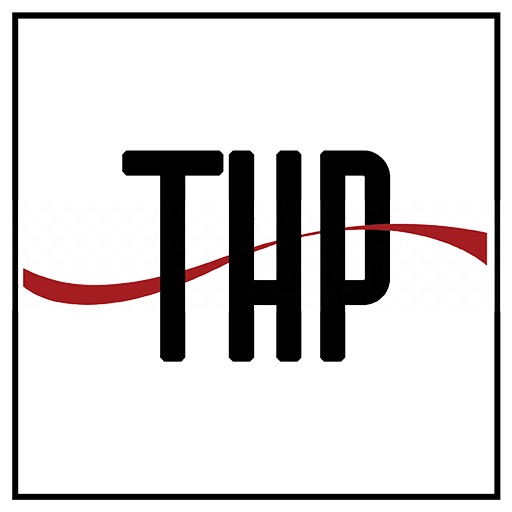The HP ZBook series of laptops are the most powerful high-end mobile workstations that HP has to offer. With great power comes great weight and cost, but what if you want something that’s really powerful but also more lightweight and portable? That’s where the HP ZBook Firefly fits in. It’s not as fast or capable as the ZBook Power, Studio, or Fury, but it’s significantly easier to carry around and that’s a huge advantage if you can live with the slightly lower end specs.
The ZBook Firefly takes a lot of the high-performance and reliability aspects of the ZBook and Z by HP series, but packs it into a smaller and lighter form-factor for better portability.
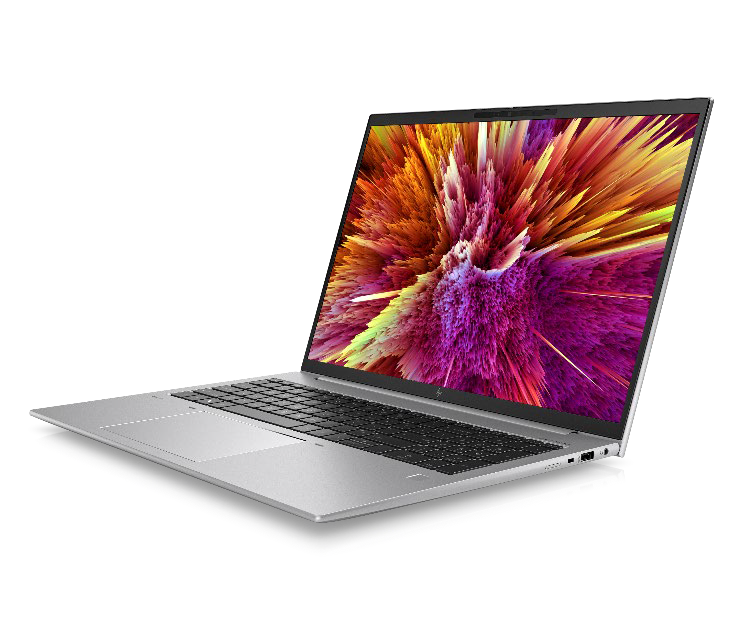
Quick Links
Compared to the ZBook Power
The specs above are for our review unit, but the HP ZBook Firefly G10 is available in a wide range of configurations and price points. First of all, you can choose between a 14″ screen configuration or a larger 16″ size. The 14″ model is also available with either Intel processors or AMD processors. Then you can choose from Intel Core i5 to Core i7 U & P series processors. You can choose to add an NVIDIA discreet graphics processing unit or stick with Intel’s integrated graphics. You can choose an auto-tracking infrared webcam for video conferencing and you can add a fingerprint scanner. There are 10 display panel options to choose from! You can choose different screen resolutions, color gamut levels, privacy screen polarizing options, etc. You can choose between 8 – 64Gb of RAM, 256Gb to 2Tb of SSD storage, different keyboards, broadband radio, NFC, smartcard reader, and extended support options.
For lots more information about the configuration options on the ZBook Firefly G10, see HP’s spec sheet page.
Pricing configurations range between just under $2000 to a maxed-out $5150 for the Intel 14″ model.
What’s in the Box
The plain brown cardboard box includes only the ZBook Firefly laptop, charging brick, and power cord. The USB-C charger’s cord is covered in woven fabric for a really nice premium look and feel.
Hardware
One of the things I like most about this configuration of the HP ZBook Firefly G10 is the HP DreamColor display panel. It has an anti-glare coating and a 100% DCI-P3 color gamut. Some older DreamColor display panels used to have the 100% Adobe RGB color gamut, which is what I would prefer since it’s a wider color gamut and the color gamut most used by photographers. DCI-P3 is more popular with video editing, so that’s ok too.
The anti-glare coating for the screen is great too. This is so much better than the glossy screens that you’ll see on most Apple Macbooks and many other laptops. I can’t stand bright reflections on the screen interfering with the visibility of the content I’m working on, and the DreamColor panel with anti-glare coating handles this beautifully. It’s much better for working with and approving color accurate designs.
A significant change from the other ZBook laptops for the ZBook Firefly G10 here is the USB-C based charger. There’s no round barrel shaped charger for this and that’s unfortunate for a number of reasons. Firstly, a round port doesn’t require any rotational orientation at all; you just point and push. You can also rotate the cable without unplugging it. Furthermore, especially with this model, it’s sometimes hard to tell if the USB-C cable is fully engaged. A few times I’ve thought the USB-C charging cable was plugged in, but it really wasn’t in all the way and therefore didn’t charge. Sure, it’s great to have standards that work on a large variety of devices, but USB Type-C isn’t good enough.
On the left edge we’ve got a full-sized HDMI port, a full USB-A port, and two USB-C ports. There’s a little LED light to the right of the 2nd USB-C port which will turn on to indicate a successful charging connection and will change colors when charging is complete. I’ve learned to keep an eye on that when plugging in the USB-C charger, in order to make sure it’s connected properly. On the right, we’ve also got a smart card reader for secure hardware logins.
On the right edge, there’s a 3.5mm headset jack, USB-A port, security locking mechanism, and a SIM tray for wireless broadband if you order a model with that capability.
The bottom is nice and clean with a big ventilation grill, two rubber feet strips to keep the laptop elevated a bit to allow airflow, and a few normal Philips head screws in case you need to replace some parts.
We’ve also got great Bang & Olufsen speakers along with the nice branding on the keyboard. You’ll also notice the power button looks like a normal keyboard key right there next to the “delete” key. A lot of HP laptops do that these days, and I’m not sure I like it. I’d much rather a power button that has a completely different tactile feel so that I can more-easily tell when my finger is on the power button. The power buttons some companies make with integrated fingerprint scanners are much nicer as well.
Speaking of fingerprint scanners, we’ve got one on the lower right part of the ZBook Firefly’s keyboard palm wrest just below the arrow keys.
The keyboard is pretty great just as most ZBook keyboards are. I do still hope that someday we’ll get more ergonomic keys with concave and convex shapes that make the tactile feel and positioning of fingers much easier and more-comfortable than the flat keys many laptops have these days. The trackpad is fantastic as well. It’s plenty large enough and super clean with the usual push-to-click interface, though I certainly do prefer the ZBook Fury’s 6 tactile hardware buttons surrounding the trackpad.
The camera module on this model includes the infrared biometric log-in “Windows Hello” capability, which is awesome. It recognizes my face right away quite reliably and thus rarely requires using the fingerprint scanner or password entry. This version does not include a privacy lens shade though like some other ZBook models have.
Software
The HP ZBook Firefly ships with Windows 11 Pro, but you can choose Windows 10 Pro, Windows 11 Home, or FreeDOS as well.
The amount of bundled software from HP is not overwhelming or annoying, but actually useful. The HP Support Assistant is a great way to install firmware, driver, and software updates. It also gives you tips and troubleshooting tools. The “My HP” app has settings for the video controls and programmable keyboard key.
The webcam software has some excellent customization features like auto-framing which will crop and follow the speaker’s face during a conference call. You’ve also got lighting enhancements and background blur filters. This is all done on a driver level as well, so the settings you apply here will take effect in just about any video conferencing app. I tested it with the open source WebRTC video conferencing system; Jitsi Meet. All that was needed was to select the “HP Enhanced Camera” from the camera selection menu, and the video camera settings were applied to my video conference. Awesome!
Editing my photos in Photoshop looks fantastic on the DreamColor screen. Minimal glare, gorgeous color… I love it.
Photo editing and culling in Bridge and Adobe Camera Raw is fantastic as well, though it’s true the GPU and CPU do make this process a bit slower than something thicker with more resources like the HP ZBook Fury.
Of course I can get in some web programming with Visual Studio Code on this thing and it works flawlessly.
3D animation in Blender is pretty nice too, but again we’re limited with the smaller more-portable GPU and CPU options that can fit into the ZBook Firefly’s form factor. Unfortunately, we couldn’t get the Blender Benchmark utility to complete on the ZBook Firefly, but this laptop really isn’t meant for heavy duty 3D animation anyway.
Compared to the ZBook Power
The HP ZBook Firefly and the ZBook Power are pretty close in price ranges at least on the lower end. One thing that’s unfortunately missing from the ZBook Power configurations is the option for a DreamColor display. So that’s one area where the ZBook Firefly wins right away.
On the other hand, the ZBook Power has options for much better processor, GPU, and storage configurations. With great power comes great thickness and heft though. The ZBook Firefly is much thinner and lighter than the ZBook Power.
It doesn’t look like that much, but the size difference between the ZBook Firefly and the ZBook Power certainly feels significant when you’re carrying it around in a bag or even between the desk and the couch. Yes, the powerful capabilities of the ZBook Power are great, but the lighter and smaller package the ZBook Firefly offers is pretty great too.
Battery Life
Of course battery life varies depending on what you’re doing with the PC, but on average (and if I’m not pushing it too hard), I can get about 6 hours of battery life. Processing thousands of RAW photos from a photo shoot or rendering an AfterEffects animation will cause the base to heat up pretty significantly and reduce battery life as well, so I tend to bring the 65W fast charger along if I need to let it sit and process large amounts of data sometimes. Fast charging should get the battery back to about 50% in only 30 minutes.
Conclusion
I’ve been loving using “Z by HP” series workstations and mobile workstations for years now. They’ve got some of the most powerful configuration options available for high-end computing that’s especially important in the visual arts fields as well as the artificial intelligence development fields. The high-end HP ZBook mobile workstations are often quite thick and heavy in order to accommodate all of the high-end capabilities one may want in a mobile workstation. The HP ZBook Firefly nicely brings a much more portable form factor and weight to the ZBook series while still having pretty good performance.
Photo appearances: Dr. Melanie Silvestrini, Rachel Pizzolato, Brana Dane, Jayleen, Liga Freimane.
